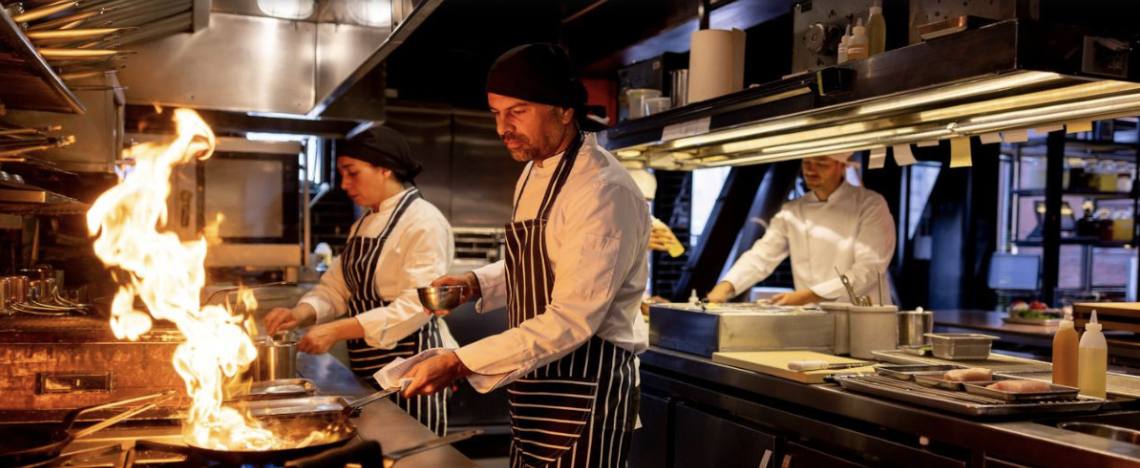Understanding Commercial Hoods in Kitchen Ventilation
In the hustle and bustle of a commercial kitchen, where culinary creations come to life and the aroma of sizzling dishes fills the air, one often overlooked hero silently works to maintain a clean, safe, and comfortable environment: the commercial hood.
Commercial hoods, also known as kitchen exhaust hoods or range hoods, are essential components of any professional kitchen setup. They play a crucial role in maintaining air quality, ensuring safety, and enhancing the overall efficiency of the kitchen operation. In this blog post, we'll delve into the world of commercial hoods, exploring their functions, types, and importance in the culinary landscape.
Understanding the Function
At its core, a commercial hood is a ventilation system designed to capture, contain, and remove airborne grease, smoke, heat, and odors generated during cooking processes. This is achieved through a combination of filters, fans, ductwork, and exhaust systems. By effectively removing contaminants from the air, commercial hoods create a healthier and more comfortable environment for kitchen staff and patrons alike.
Types of Commercial Hoods
Commercial hoods come in various types, each catering to specific kitchen setups, cooking equipment, and ventilation needs:
1. Type I Hoods: These are designed to remove grease and smoke generated by cooking appliances such as griddles, fryers, and ranges. Type I hoods are equipped with grease filters and are typically required by building codes for kitchens that produce significant amounts of grease-laden vapors.
2. Type II Hoods: Unlike Type I hoods, Type II hoods are primarily used for removing heat, steam, and odors from cooking appliances like ovens, steamers, and dishwashers. They may not be equipped with grease filters, as they are intended for capturing non-grease contaminants.
Importance in Commercial Kitchens
The significance of commercial hoods in the culinary world cannot be overstated. Here are some key reasons why they are indispensable:
1. Safety: By removing grease, smoke, and other pollutants from the air, commercial hoods help minimize the risk of fire hazards and improve overall kitchen safety.
2. Regulatory Compliance: Many jurisdictions have strict regulations governing kitchen ventilation and air quality. Commercial hoods ensure compliance with these regulations, avoiding potential fines and penalties.
3. Employee Comfort: Working in a hot, smoky, and poorly ventilated kitchen can be uncomfortable and detrimental to the well-being of kitchen staff. Commercial hoods help maintain a comfortable working environment, boosting employee morale and productivity.
4. Customer Experience: A clean and odor-free environment enhances the dining experience for patrons, ensuring they can enjoy their meals without being overwhelmed by cooking fumes and odors.
Maintenance and Care
Proper maintenance and regular cleaning are essential for ensuring the optimal performance and longevity of commercial hoods. This includes:
- Regular Inspections: Inspect the hood, filters, fans, and ductwork for any signs of damage or buildup.
- Cleaning Filters: Grease filters should be cleaned or replaced regularly to prevent clogging and maintain airflow.
- Professional Servicing: Schedule professional servicing and maintenance to address any issues and ensure compliance with safety standards.
Conclusion
In the dynamic world of commercial kitchens, where precision, efficiency, and safety are paramount, commercial hoods stand as silent guardians, diligently working to keep the air clean and the environment conducive to culinary excellence. Understanding their functions, types, and importance is essential for kitchen owners, chefs, and foodservice professionals alike. By investing in quality ventilation systems and adhering to proper maintenance practices, they can create a safer, more comfortable, and more enjoyable culinary experience for all.

